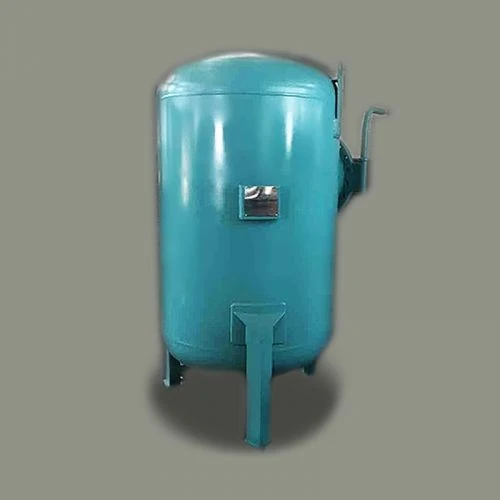Categories of Pressure Vessels Based on Pressure Levels
Pressure vessels are categorized based on pressure levels, which include low pressure, medium pressure, high pressure, and ultra-high pressure: Low Pressure Pressure Vessels(Code L): Pressure ranging from 0.1MPa to less than 1.6MPa. Medium Pressure Pressure Vessels(Code M): Pressure from 1.6MPa to less than 10MPa. High Pressure Pressure Vessels(Code H): Pressure from 10MPa to less than 100MPa. Ultra-High Pressure Pressure Vessels(Code U): Pressure equal to or exceeding 100MPa.












